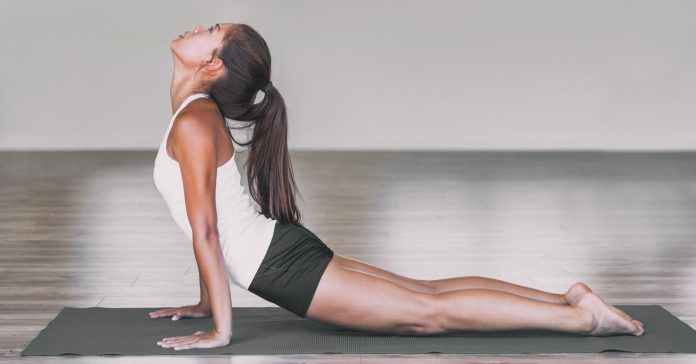The term endurance in endurance sports in itself suggests pushing yourself beyond your limits. It also means being in top-notch physical health as every mile run, biked, or swim takes dedication, sheer willpower, and relentless effort.
Spine health is a critical factor in performance because it is the cornerstone of a person’s physical prowess. This guide looks into how spine health affects the performance of endurance athletes with a focus on scoliosis and can be an excellent read if you are in endurance sports and are showing signs of spine issues.
Spine Health and Endurance Sports
Most people in endurance sports see their legs, arms, muscles, and lungs as playing the most part in enhancing endurance, and so pay much of their attention to these areas.
What most people fail to factor in is the role played by the spine in all this. It is the unsung hero in endurance sports as it is the pillar that holds everything else together. It absorbs all the impact produced in sporting activities, helps maintain posture, and transmits power, all while helping the body maintain a neutral position.
Scoliosis and Spine Health
As a sports person hearing about scoliosis for the first time, you could be wondering what is the main cause of scoliosis or even what it is. The answer to what causes scoliosis is not definitive, as it results from several factors, including genetics. It is a condition that affects the spine, causing it to curve sideways and affecting its function in some way, especially for people who participate in some types of sports.
However, it doesn’t necessarily prevent an individual from participating in endurance sports. Some forms of endurance sports, such as swimming, have been seen to be beneficial for people with scoliosis.
But doctors recommend avoiding some sports that could put a person at an increased risk of injuries, such as football, basketball, gymnastics, weightlifting, and volleyball. If you are struggling with scoliosis and are engaged in contact sports, proper management and adaptation can help elevate your performance.
Critical strategies for scoliosis management include seeking professional guidance from a qualified healthcare professional, particularly one specializing in sports medicine, who can guide you on what you can and cannot do based on your condition. You should also consider incorporating core strengthening, flexibility, and posture exercises, which play a critical role in endurance sports.
Lastly, learn to listen to your body. While endurance is all about pushing yourself beyond your limits, it is advisable not to push through back pain if you have an underlying issue, as that could exacerbate the problem. Taking breaks to recuperate is advisable, but if the pain is persistent and debilitating, consult a physician.
Beyond Scoliosis
Taking care of spine health is not limited to people with scoliosis. It’s a critical part of every person engaged in any kind of sport. So whether you have scoliosis or not, there are some critical strategies you may need to incorporate into your daily routine for optimal spine health.
Warm Up and Cool Down
Warm-up and cool-down exercises are critical not only to your muscles but also to the spine. Warm-up exercises help increase blood flow to all areas of the body, including the spine, readying it for intense activity and reducing the risk of injury. Also, it is important to note that the spine is surrounded by muscles, which will benefit from a warm-up before exercising. Cool-downs, on the other hand, help reduce muscle tension after intense exercise, enhance tissue healing, and eliminate waste, all of which are critical for your muscles, including the muscles around your spine.
Use the Right Equipment and Attire
The equipment you use in your training plays a critical role in spine health. So, go for equipment that fits your needs in terms of height, body weight, and spinal needs.
Things as simple as getting the perfect shoe size and type can make a huge difference. If you are exercising in a public gym, choose one that focuses on health and has trained assistants to ensure you exercise safely to avoid injuries.
Spine issues should not hinder success in sports, and Usain Bolt is a good example. Unknown to many, Bolt struggled with scoliosis, but it did not stop him from being the fastest printer in the world.


